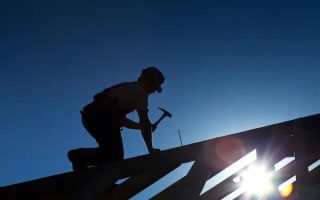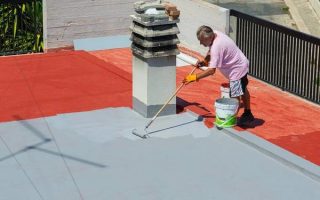Waterproofing is a vital measure that homeowners and builders should prioritize to maintain the structural integrity of buildings. It provides an essential protective barrier against water intrusion, which can lead to serious damages such as foundation cracks and leaks. These issues not only compromise the stability of buildings but also pose significant health risks due to mold growth and poor indoor air quality.
The most effective waterproofing strategies start during the construction phase. Incorporating waterproofing into the initial building process ensures that all potential entry points for water are adequately sealed off. The use of high-quality materials like concrete sealers, waterproof membranes, or water-resistant paints can significantly reduce the risk of foundation cracks and leaks.
However, even with these precautions in place, it’s crucial to regularly inspect your property for signs of water damage. This includes checking for damp spots on walls or ceilings, unusual mustiness or mold growth, cracking paint or wallpaper, and any visible cracks in the foundation itself.
If you detect any signs of moisture intrusion in your home’s foundation, it’s important to act quickly before minor issues escalate into major problems. Depending on the severity of the damage, solutions may range from simple repairs like patching up cracks with hydraulic crawlspace encapsulation cement to more comprehensive measures like installing a drainage system around your home’s perimeter or underpinning your foundation.
One popular method is exterior waterproofing which involves excavating around your home down to its footings and applying a waterproof coating or membrane on the outside walls. This effectively blocks water from penetrating through them into your basement.
Interior waterproofing methods are typically less invasive but require ongoing maintenance because they manage rather than prevent water entry. They involve installing interior drains and sump pumps that collect incoming water inside your basement then pump it back outside before it can cause any harm.
A combination of both exterior and interior methods often provides optimal protection against foundational leaks especially if you live in an area prone to heavy rainfalls or flooding.
Regardless of which waterproofing method you choose, it’s always best to consult with a professional. They can assess the condition of your foundation and recommend the most effective solution for your specific situation.
Investing in effective waterproofing measures may seem costly initially but it pays off in the long run by preventing expensive repairs due to water damage. More importantly, it ensures that your home remains a safe and healthy living environment for you and your family.
In conclusion, safeguarding against foundation cracks and leaks should be a top priority for every homeowner. By incorporating quality waterproofing techniques during construction, regularly inspecting for signs of water intrusion, and promptly addressing any issues found, we can significantly extend the lifespan of our homes while maintaining their structural integrity.
Impact Crawlspace
Pink Hill, NC 28572
252-560-7776




